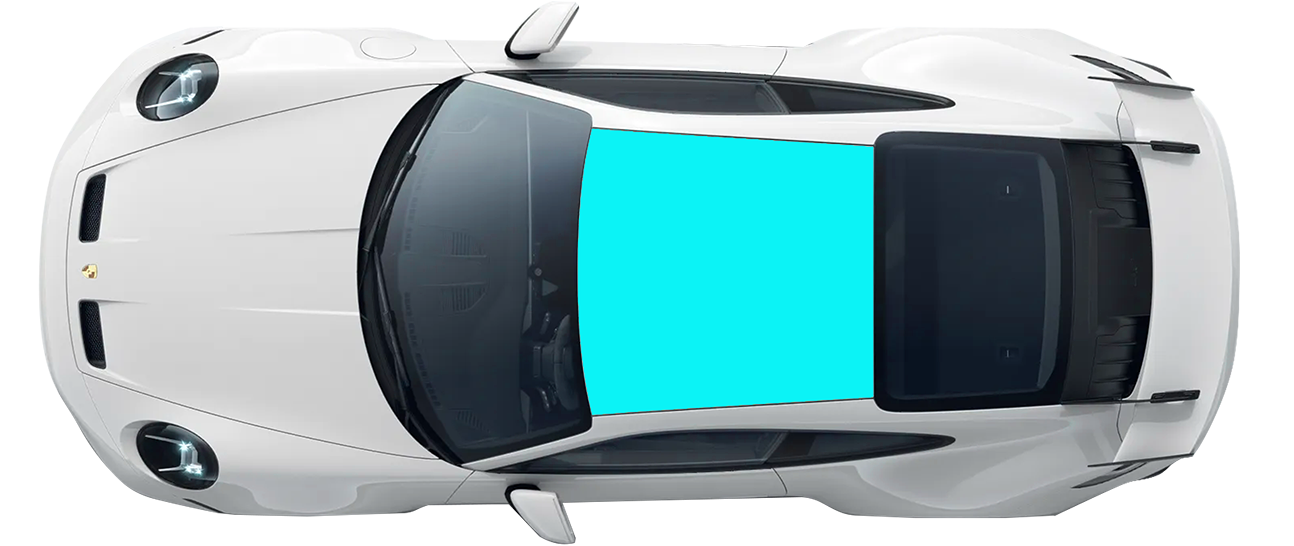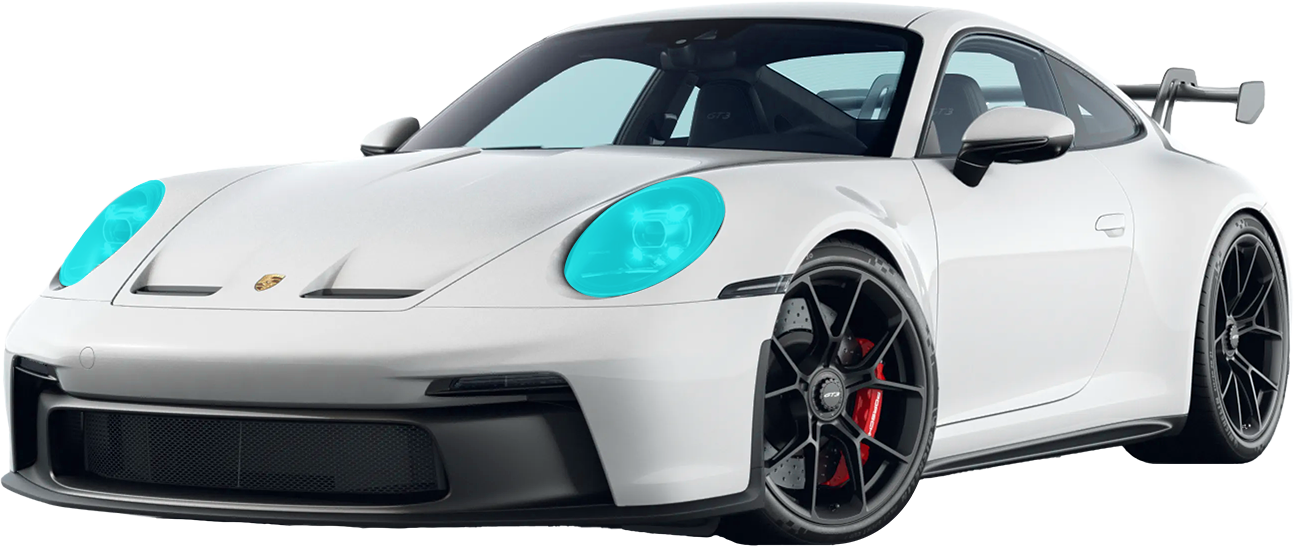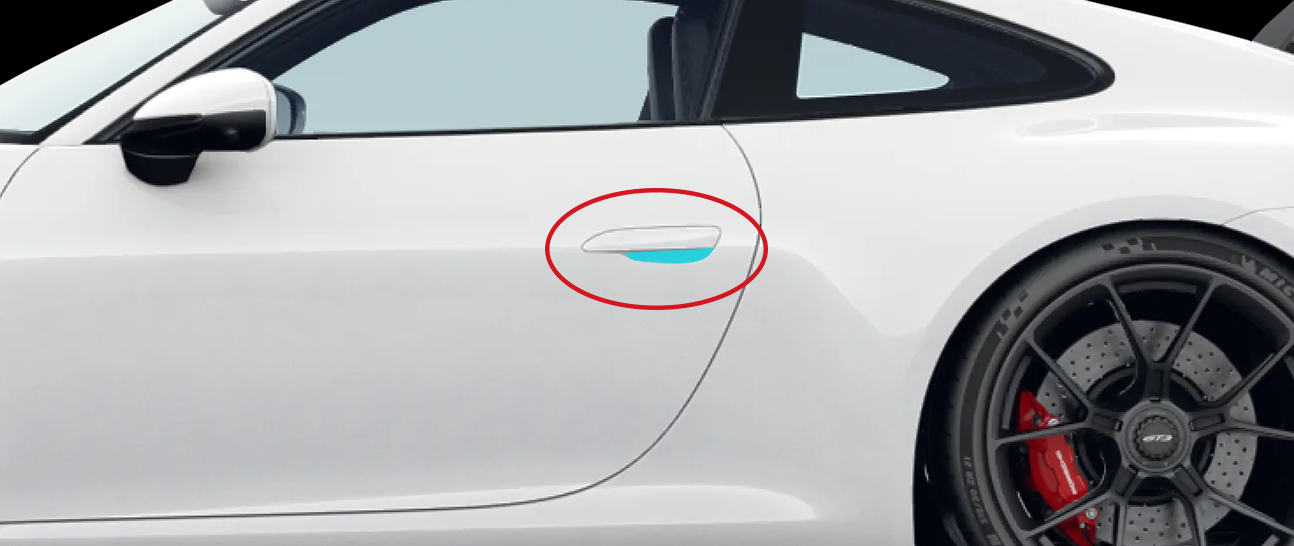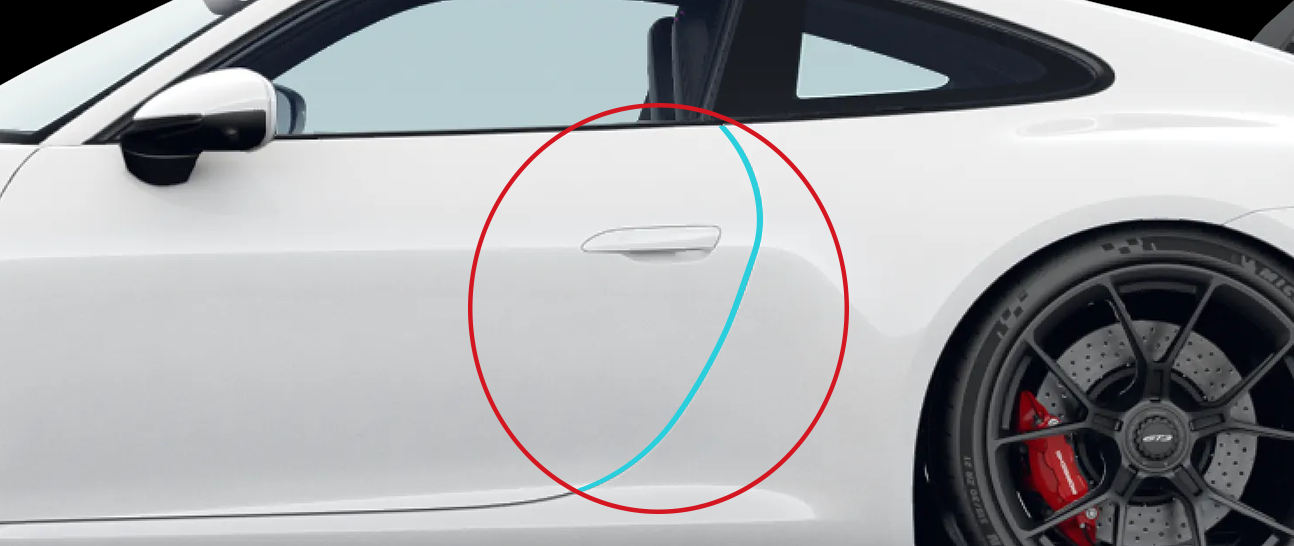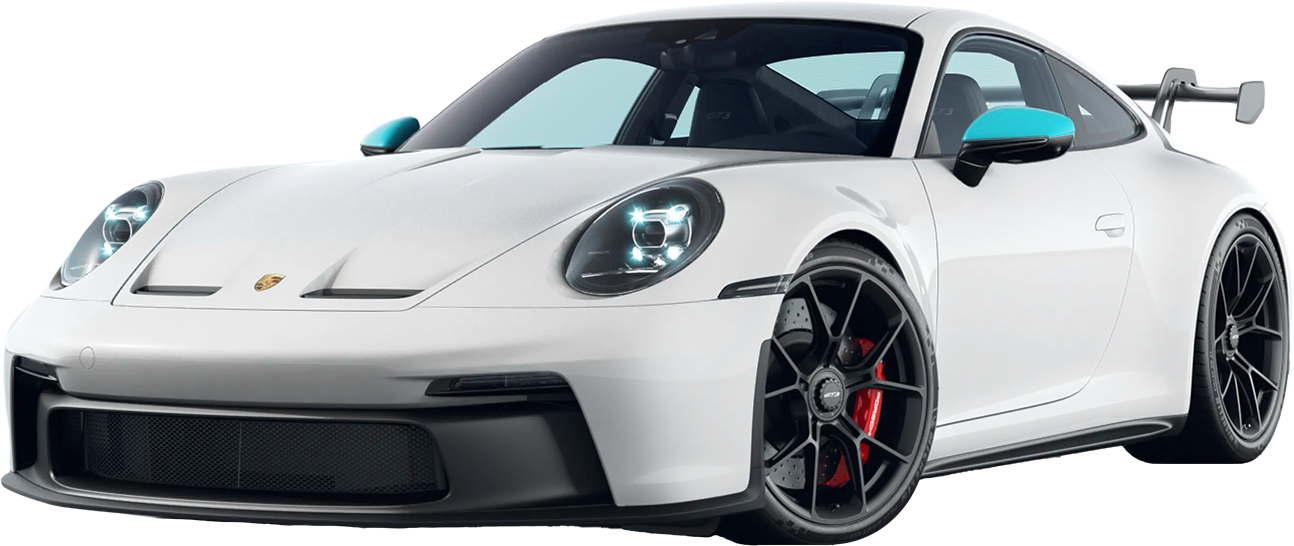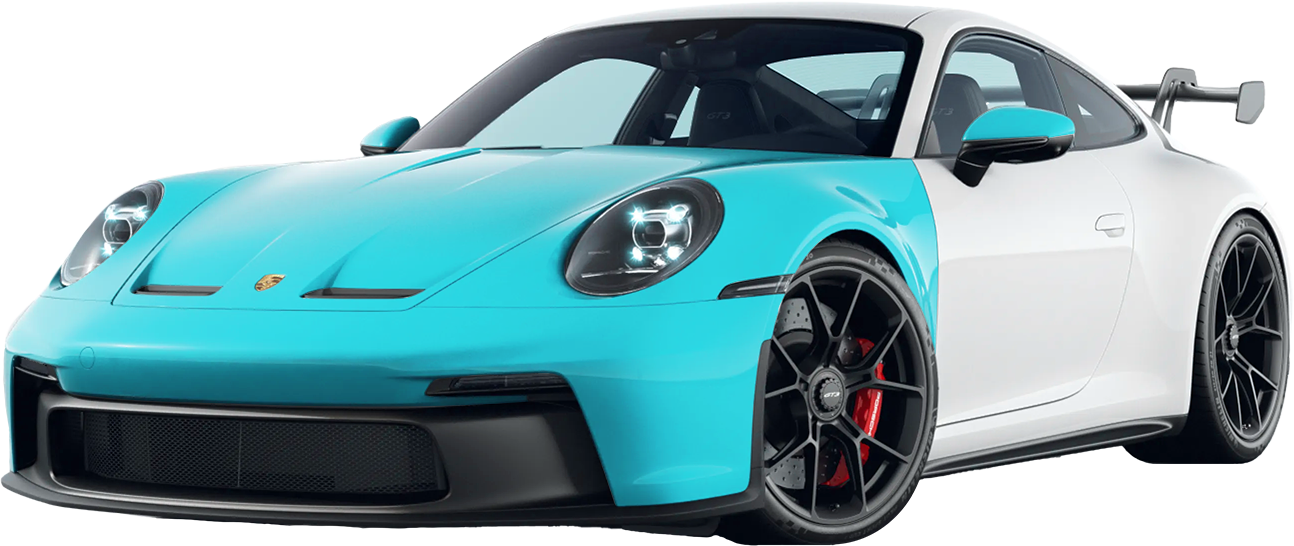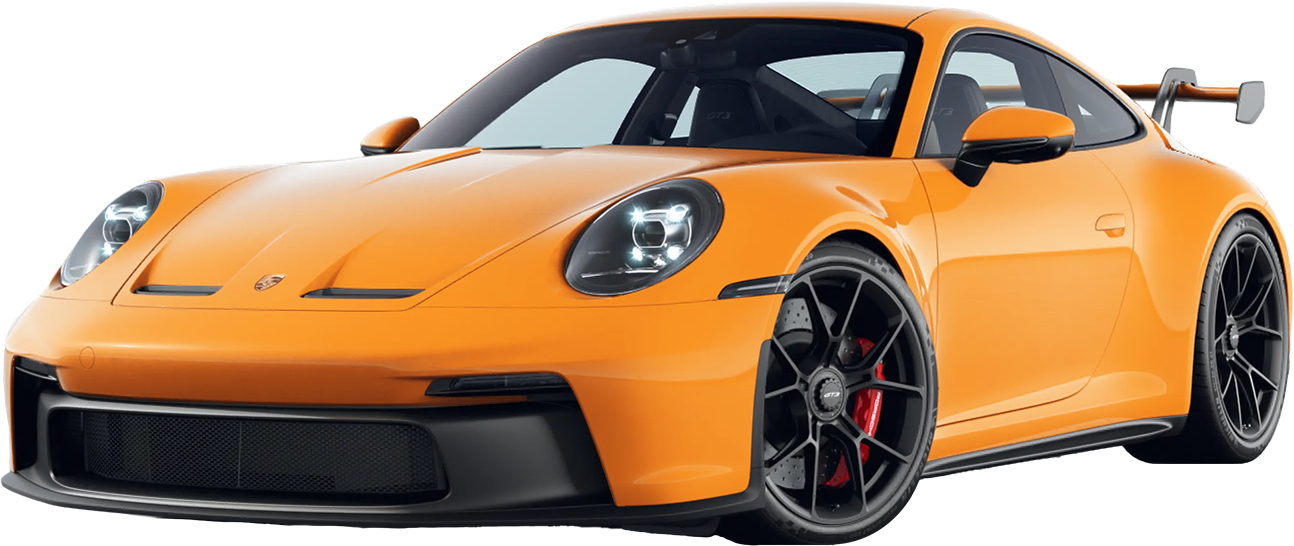Other factors that affect the price of a Paint Protection Film install is the vehicle size, brand of ppf, overhead of shop, uniqueness of vehicle, experience of installer, age of vehicle, and existing ppf to remove.
Vehicle Size
Essentially, smaller vehicles with smaller panels and less surface area require less material—which means a lower price to a client. On the other hand, a larger vehicle with more surface area tends to have a higher cost. Some makes and models have larger panels require the use of larger rolls of ppf. These larger rolls cost more to aquire and store and they also lead to most product waste during install. This can add to the cost of a PPF install.
Brand Of Film
Like most things in life, you get what you pay for. The actual brand of vinyl PPF used will definitely affect the final cost. A shop or installer that uses a high end PPF will be backed by manufacturers warranties and will be rated higher in looks and quality. It will lay cleaner and last longer. Where an imported cheap ppf or even one sold on sites like amazon tend to be of a much lower grade and will cost much less. High quality, manufacturer backed Paint Protection films can typically only be installed by certified shops. The training and certification is mandated by the manufacturer and helps to ensure that the PPF protects for as long as possible.
Overhead Of Shop
PPF installed at a shop will have overhead that someone working in a parking lot will not. The use of high-end equipment (pattern plotters, lights, squeegees, knives, proper spray, torches, etc…) all has added cost. A high quality Paint Protection Film shop will also have a controlled environment. The ability to control the temperature, the wind, and to work in a clean shop ensures minimal contaminations (dust, hair, dirt) and makes the PPF install significantly better.
Uniqueness Of Vehicle
Some vehicles are uniquely built and have aspects that increase the price of PPF. Some front bumpers, for example, have much sharper lines and scoops. This requires a higher level of skill from an installer and also may necessitate more wasted product on install. Some vehicles require trim panels (trim pieces, bumpers, hoods, emblems) to be removed in order to facilitate the maximum quality PPF installs.
Experience Of Installer
Installing Paint Protection film takes incredible patience and skill. The art of cleaning, prepping, cutting, installing, tacking, and stretching vinyl takes years to master. Many new installers may lack the experience and may be able to save you some cost on the install, however, we find that experience always wins for quality.
Age Of Vehicle
Older vehicles can be more costly to protect. They are much harder to prep, as there may be years of dust and dirt built up in the cracks and seals. There also may be existing paint and clear coat damage that may need to be address prior to install. It’s worth noting, if touch up is applied to paint damage, it is typically still very visible after PPF is installed. In order for Paint Protection Film to be virtually invisible the underlying surface needs to be as clean and unblemished as possible. Older vehicles may also be much more complex because there may be no templates for them for a vinyl plotter so the PPF for older windows must be hand-cut and stretched to size. This process is significantly harder to master and may require extra time and cost.
Existing PPF Removal
If your vehicle has existing PPF, a Vinyl Wrap or clear-bra installed that needs to be removed, there is an added cost. Old vinyl usually fails because of poor quality film or cheap adhesive. This can lead to a headache for an installer as bad vinyl usually leaves lots of residue behind that requires cleaning before new PPF can be installed.

